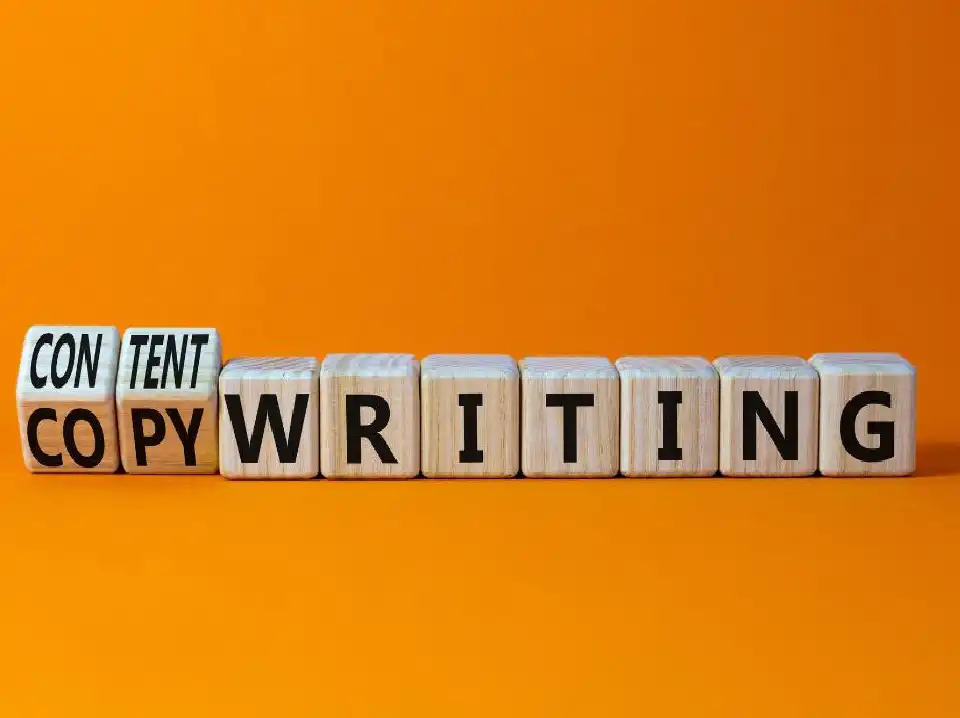Tech
How To Design A High-Converting Landing Page

A landing page is arguably one of the most crucial components of a digital marketing strategy. It represents a visitor’s first impression of your business and story and determines whether the visitor will take the desired action. Think of a landing page as a storefront for your brick-and-mortar store. People are likely to enter the store if the front is well-designed, inviting, and portrays an engaging story.
The same concept applies to a landing page. A high-converting landing page should be designed with the user experience in mind — it should have simple navigation, precise visuals, and concise content optimized for conversions.
Difference Between A Landing Page And A Website
It’s common for people to use landing pages and websites interchangeably, but they are two separate components. Landing pages are typically used in a digital marketing campaign to drive conversions. Websites often serve as an information hub covering your business’s entire scope.
A landing page is a single page designed with one goal in mind — to get visitors to take a desired action. It could include signing up for an email list, downloading, or purchasing. It should have no other navigational options, as these could distract from the page’s goal and decrease conversions. It’s essential to understand when to use landing pages before designing them to help create pages tailored to the desired outcome.
Designing A High-Converting Landing Page
When it comes to designing a high-converting landing page, there are a few key elements you should consider:
- An Engaging Headline
One of the first things people are likely to see is the headline. It’s part of visitors’ impression about the rest of the copy. Research indicates that about 8 out of 10 people read the headline, but only 2 out of 10 people move on to read the rest. Therefore, ensure that the headline can catch the reader’s attention as it’s the first sentence they’ll read.
There are no specific rules on how to create your headlines. The goal is to resonate with the target audience. Therefore, ensure you research well about them. You can also try A/B testing on different sets of audiences to see which sells the best.
- A Clear Visual Element
Visuals are essential to landing pages — they capture attention and help quickly communicate a message. It’s important to include visuals that convey the story effectively, like product photos or illustrations. Ensure you use high-quality images that won’t distract from the overall design. Additionally, the pictures or photographs should be relevant to your business so visitors can get an image of it before they read the copy.
- Have A Clear Explanation
A landing page has a few pages, like a website, to provide detailed information, so it’s essential to include a clear explanation of the product or service. You should have a brief yet detailed description and ensure the language is easy to understand.
You might only need a sentence or two to pass the message, so focus on clarity. While trying and creating a unique and fun explanation is expected, remember to create a value proposition for clients to see why they should take a desired action.
- Persuasive Subheadings
The headlines are designed to grab the visitors’ attention, but for them to stay on the page, you should also include clear subheadings to break up the copy and make it easier to read. Unlike headlines, they don’t need to grab people’s attention immediately — instead, use them in conjunction with visuals and the headline to tell a story in more detail.
- Including A Personalized CTA
A call-to-action (CTA) is the primary goal of a landing page — it’s the action you want visitors to take. It should be personalized and indicate what the visitors will get when they click it, such as a free eBook or an exclusive discount. Additionally, ensure the CTA is visible and prominent on the page for easy access.
- Sell Both Pain And Pleasure
People often decide based on what they’ll gain or miss out on. Therefore, your landing page should sell pain and pleasure. It should explain your problem and how people will benefit from your product or service. The psychology behind pain states that human beings will try to avoid pain, so telling them what they stand to lose if they don’t take a desired action will help motivate them to make the purchase.
Conclusion
When creating a high-converting landing page, these are the key elements you should consider. Make sure each piece is well thought out and designed to help capture the attention of your target audience and convince them to take action. Additionally, ensure your copy is clear yet persuasive, and you use visuals that entice them and tell the story.
Kenneth is a proud native of sydney, born and raised there. However, he pursued his education abroad and studied in Australia. Kenneth has worked as a journalist for almost a decade, making valuable contributions to prominent publications such as Yahoo News and The Verge. Currently, he serves as a journalist for The Hear Up, where he focuses on covering climate and science news. You can reach Kenneth at [email protected].










